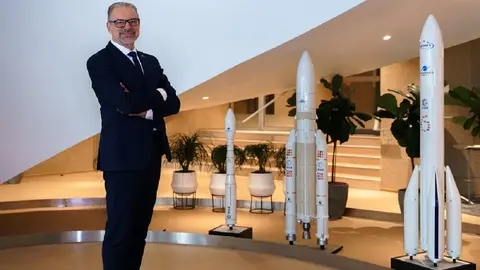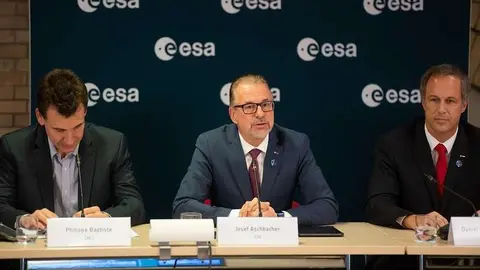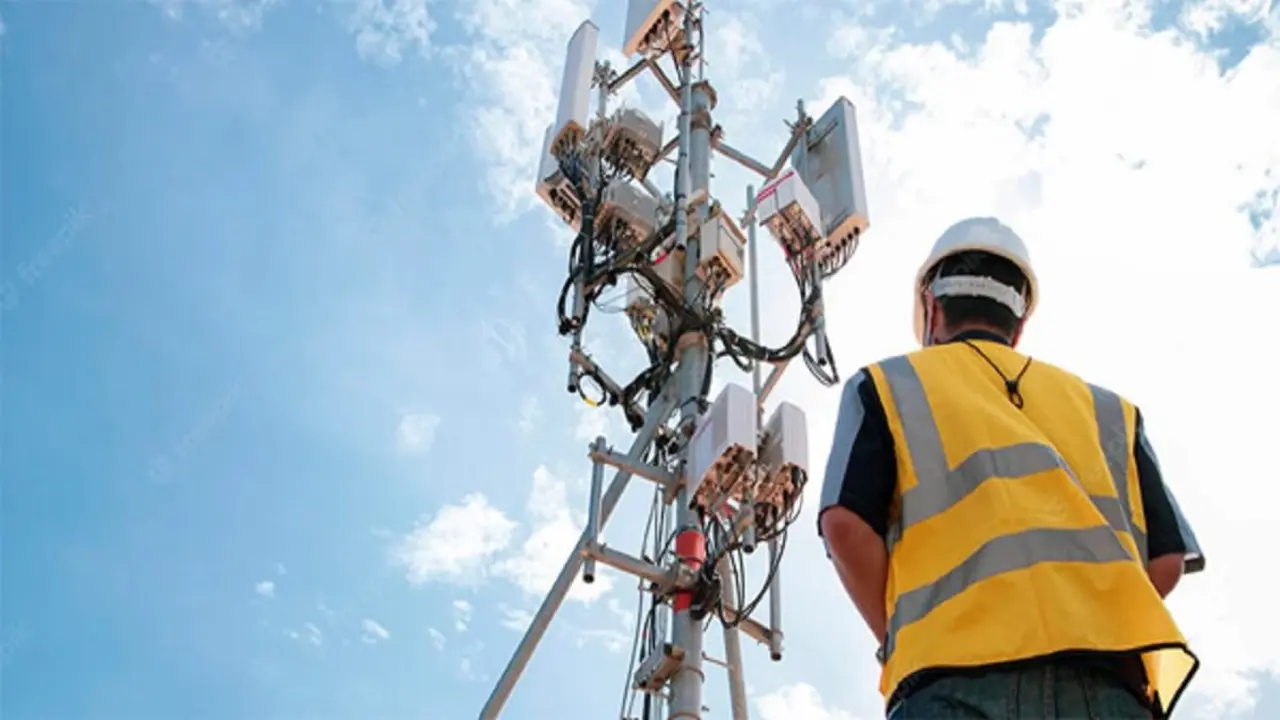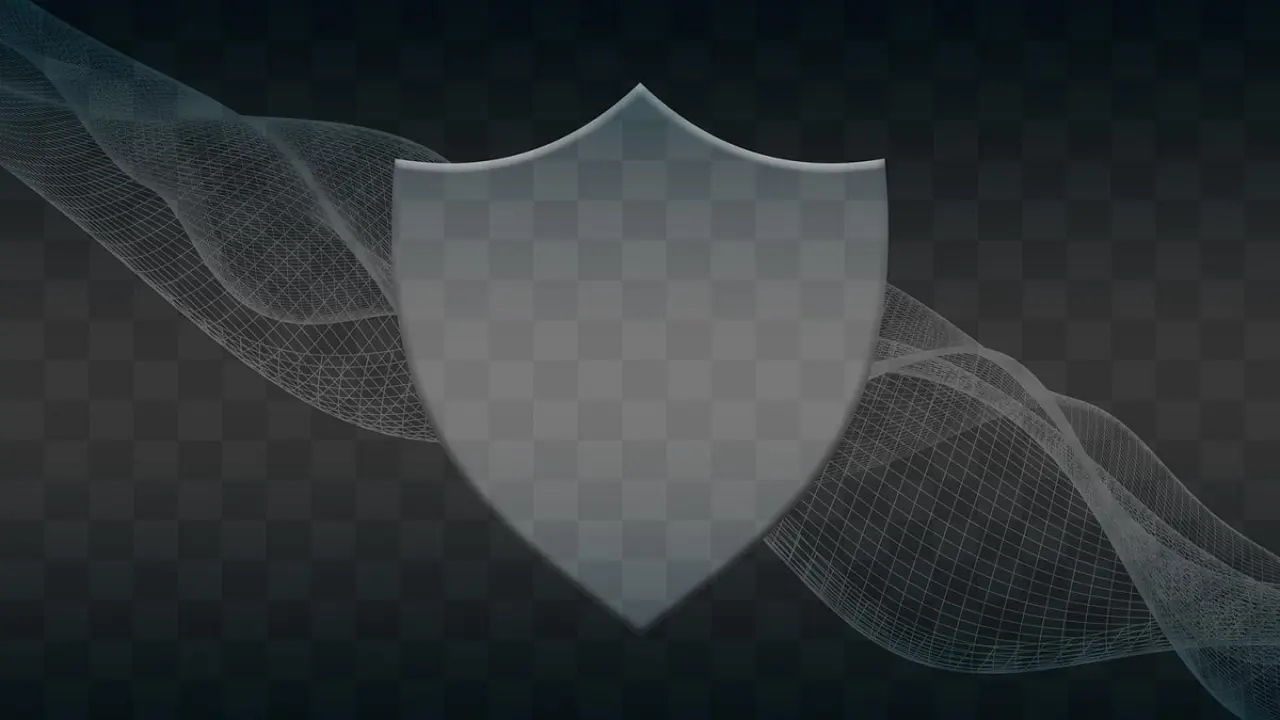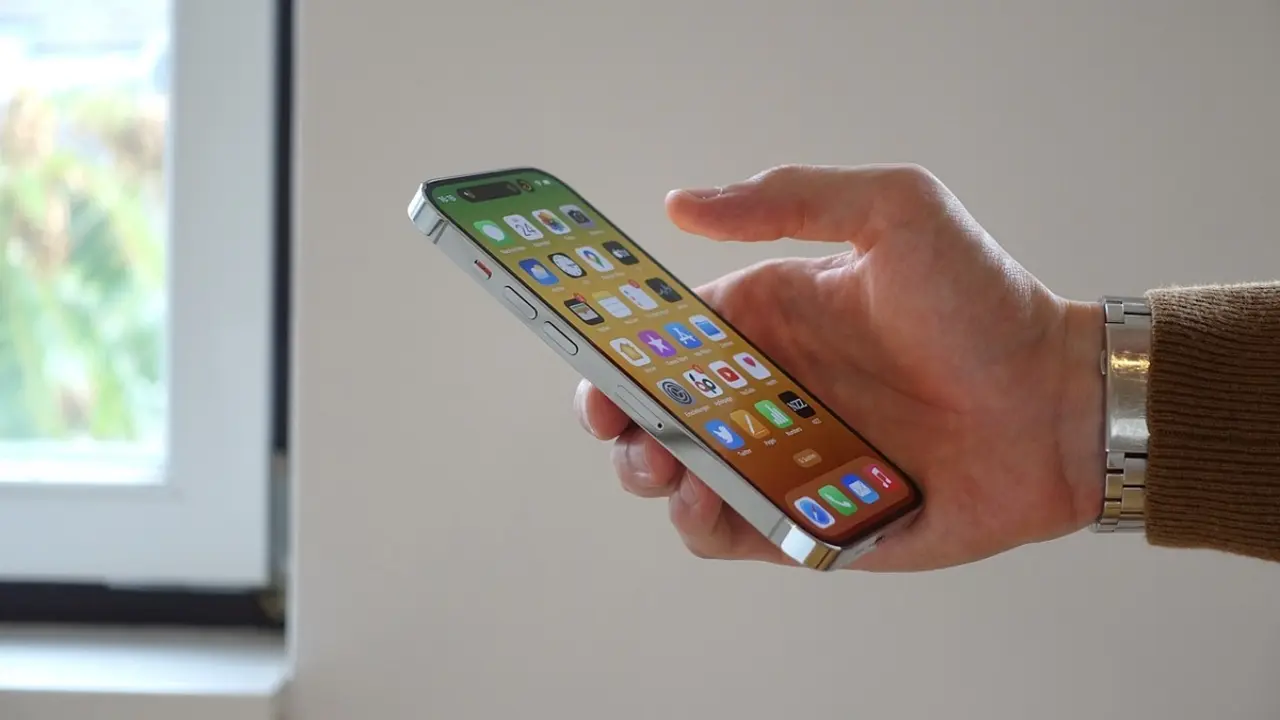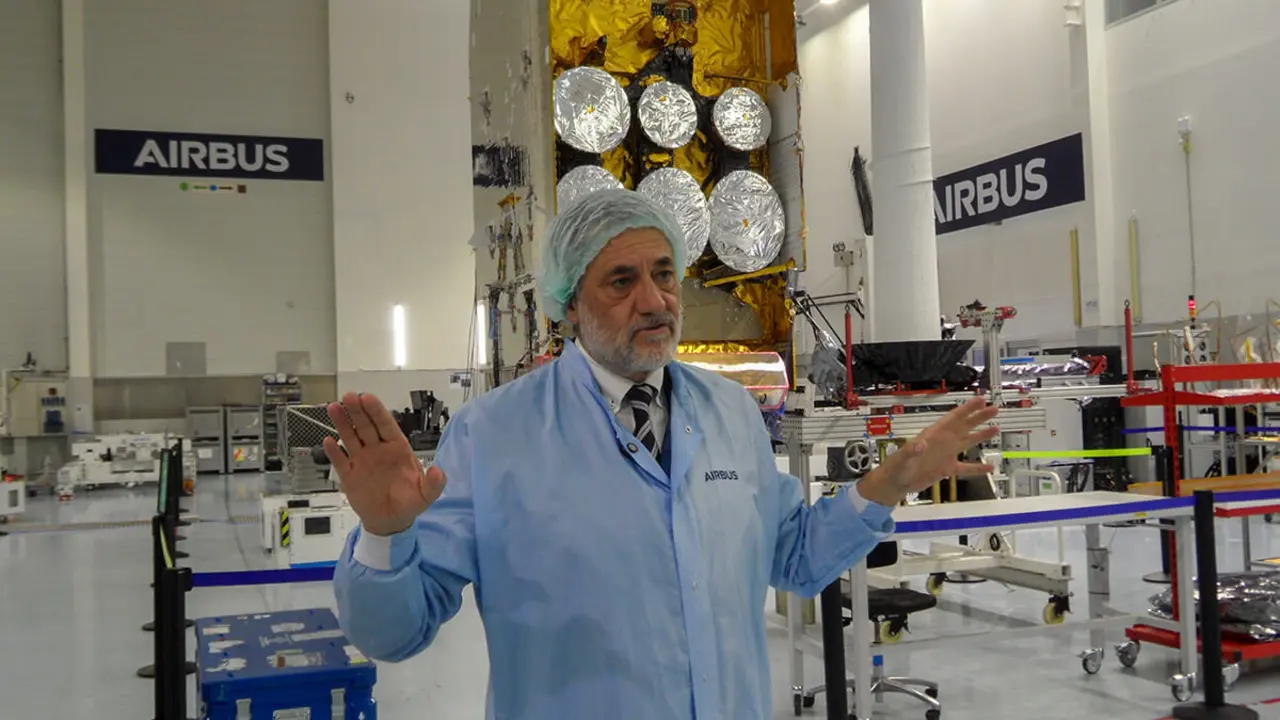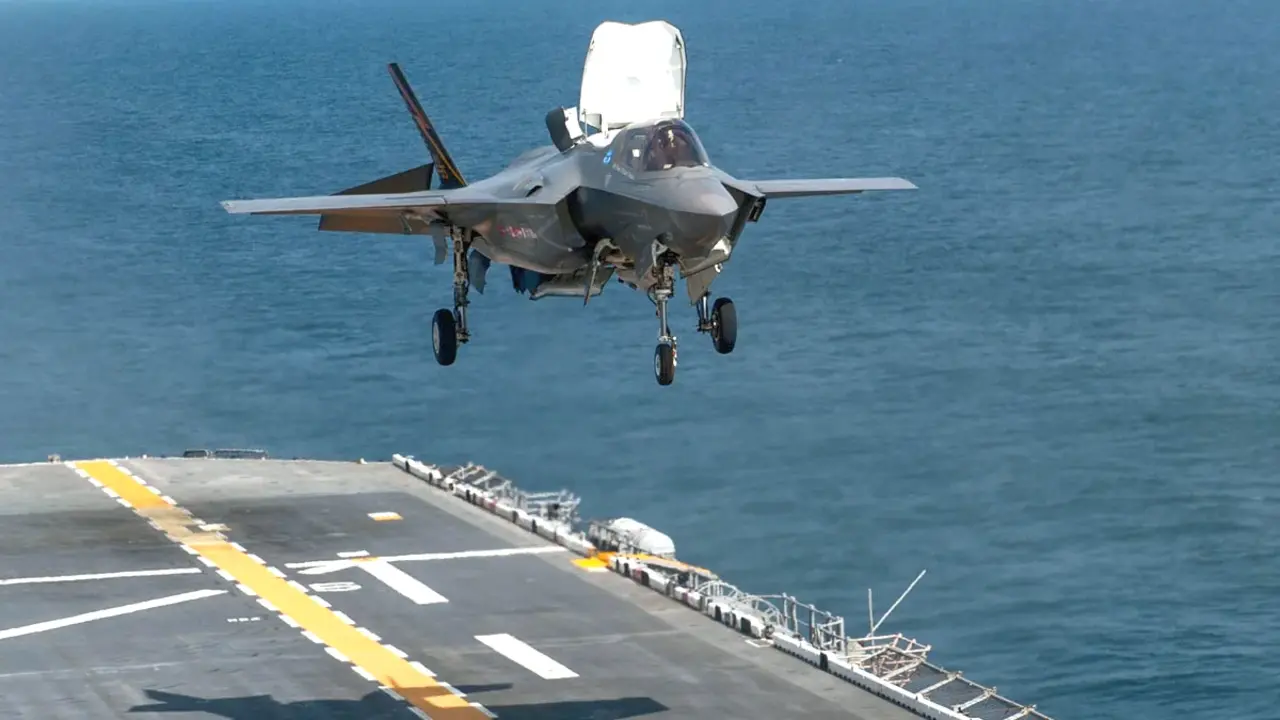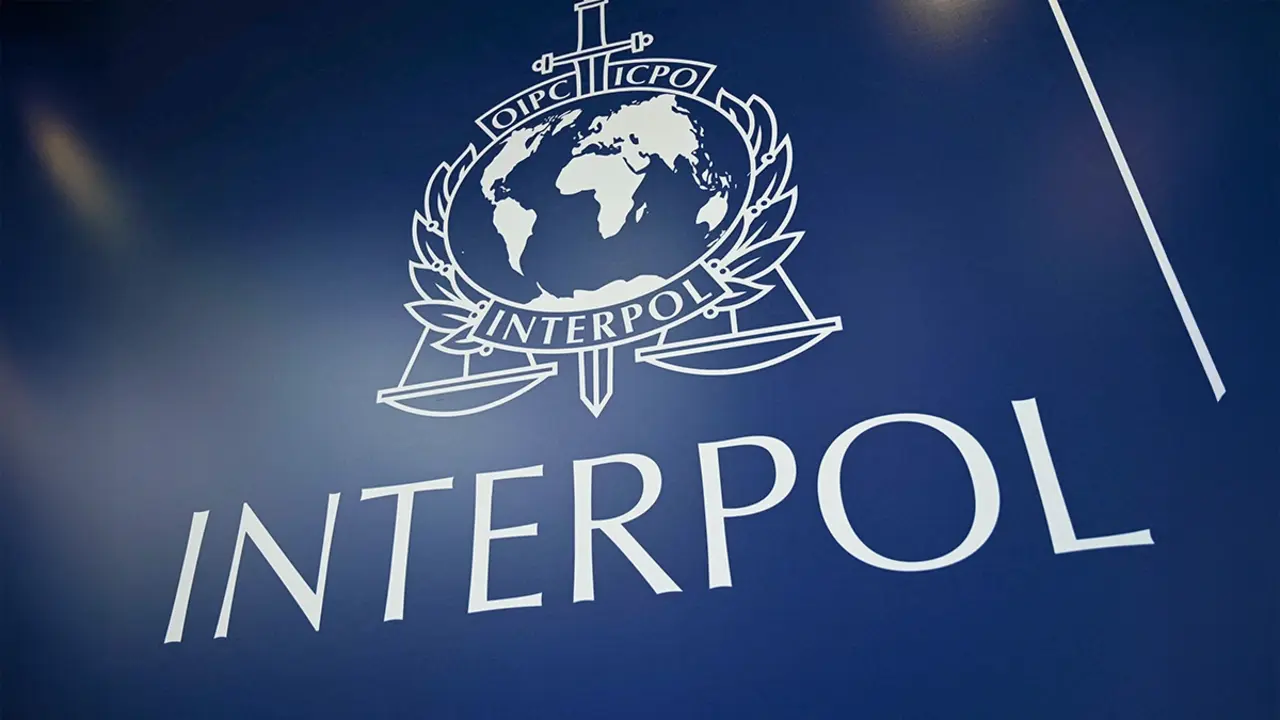Germany sets the pace for Ariane 6 and ESA at ILA aerospace show in Berlin
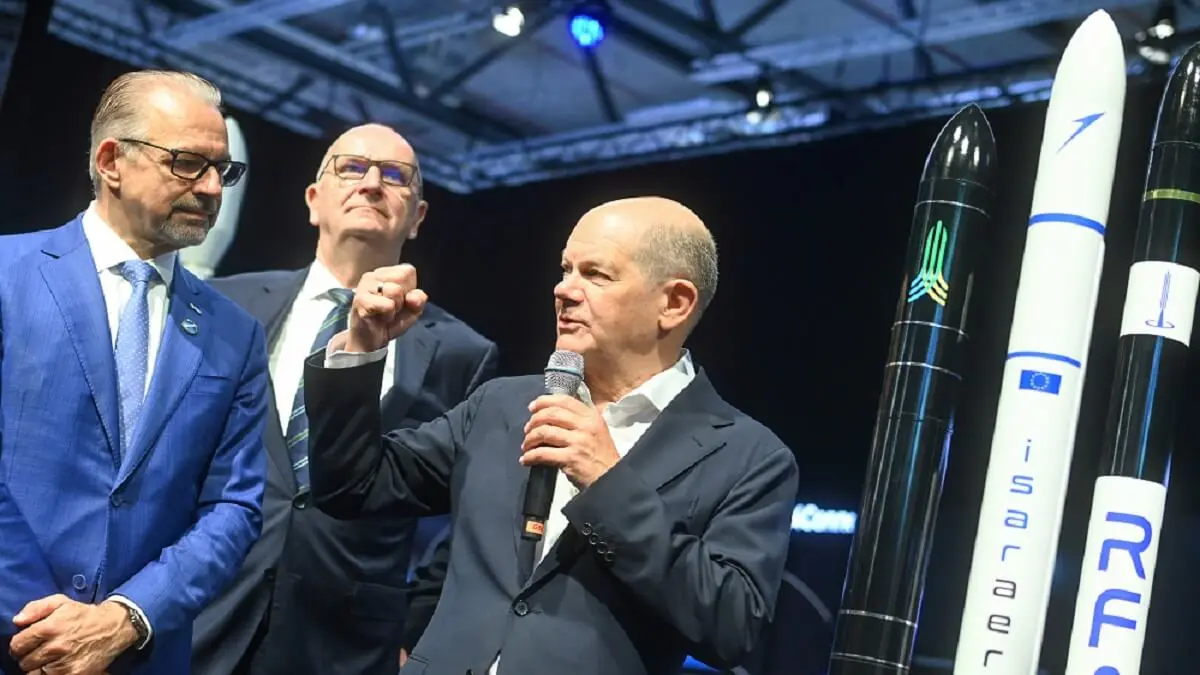
As last-minute voters cast their ballots at polling stations across Spain on Sunday 9 June to elect national MEPs to the European Parliament, the 2024 edition of the International Aerospace Exhibition, or ILA, an acronym for Internationale Luft- und Raumfahrtausstellung, was closing in Germany at Schönefeld airport, 20 kilometres southeast of Berlin.
The European Space Agency (ESA) has taken advantage of the anticipation surrounding the opening of the doors of Europe's third major aerospace and defence industry showcase - after Paris' Le Bourget and London's Farnborough - to reveal on its opening day, Wednesday 5 June, that the launch window for the long-awaited maiden flight of the Ariane 6 launcher opens on 9 July.
The announcement of the long-awaited date of Ariane 6's first launch - which has been delayed for four years - was made by ESA's Director-General, Josef Aschbacher of Austria, surrounded by the key figures responsible for bringing the new rocket to life: Martin Sion of France, head of ArianeGroup, the rocket's prime contractor, and Stéphane Israël of France, head of Arianespace, the company responsible for marketing and launch operations.
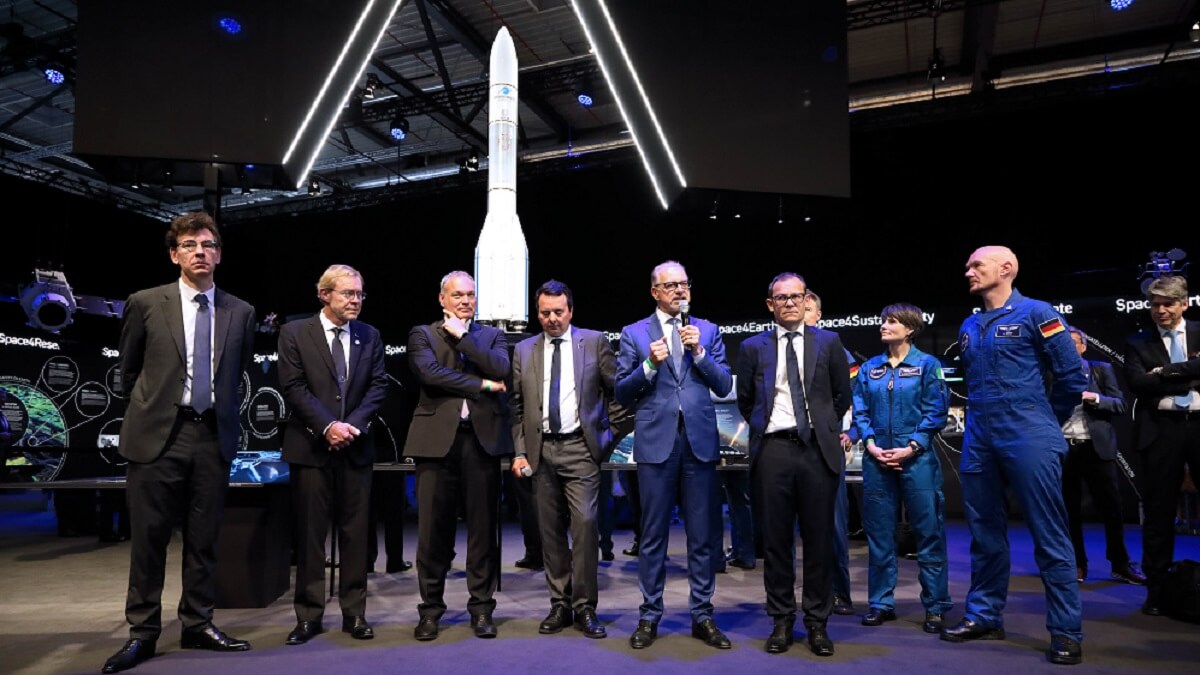
A third citizen of the Hexagon, Philippe Baptiste, executive president of the French space agency (CNES), which is responsible for setting up the essential ground infrastructure at the space base in French Guiana, could not be missing. But as they were all at an important event on German soil, the four were accompanied by Walther Pelzer, director general of the German Space Agency at the influential DLR - an acronym for Deutsches Zentrum für Luft- und Raumfahrt - the National Research Centre for Aviation and Spaceflight.
Influential because in 2024, of the 5.23 billion euros that the 22 ESA nations contribute to its budget, the government of Chancellor Olaf Scholz has allocated the largest share: 1.171.6 billion, or 22.4%. This amount exceeds the contribution of President Emmanuel Macron's France, the nation that until recently was Europe's space powerhouse, which is contributing 1,048.4 million, or 20.1%, for the current financial year.
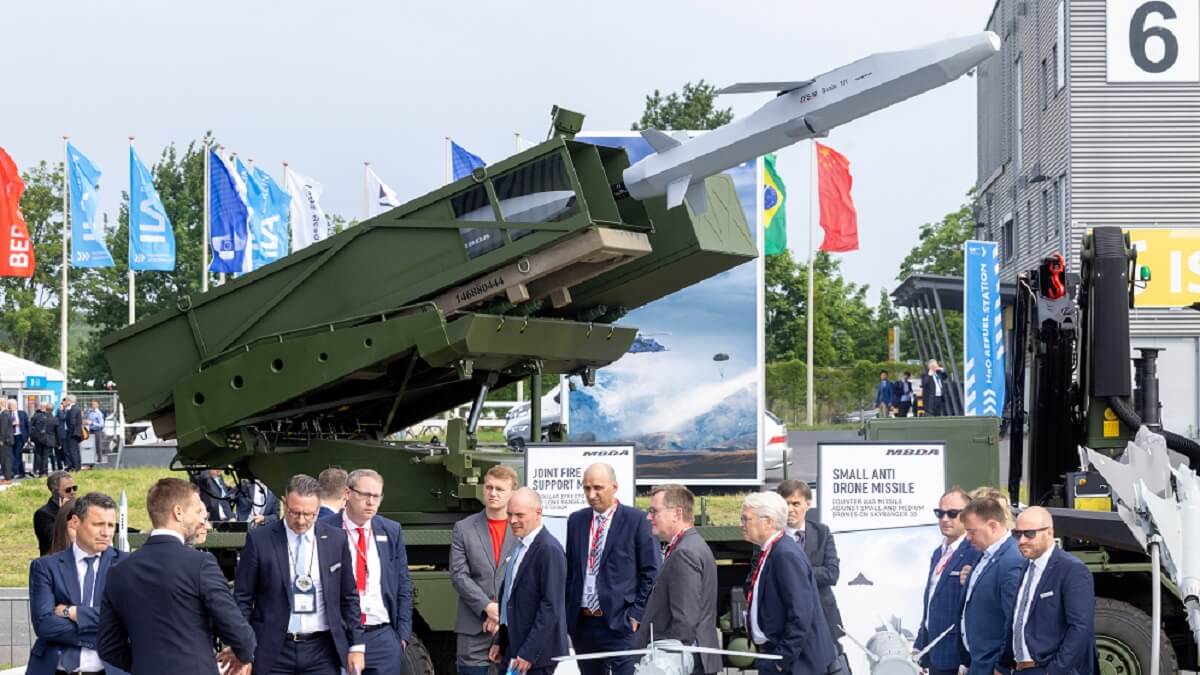
Scholz wants a strong aerospace industry in Germany
The two leading ESA nations are followed at some distance by Giorgia Meloni's Italy with 881.2 million, or 16.9%. Further behind is UK Prime Minister Rishi Sunak, with 448.9 million, or 8.6%. Fifth in the table is Pedro Sánchez's Spain, with 297.5 million euros, or 5.7%.
Germany's focus on the space sector is therefore not surprising. Chancellor Scholz made this clear in his opening speech at ILA 2024, saying that the Federal Government has ‘the greatest interest in a strong aerospace industry in Germany and Europe’. He concluded by saying that he wanted to see German and European industry ‘at the global forefront of space travel’ and that putting satellites into orbit ‘is essential commercially, but also for defence purposes’.
Olaf Scholz welcomed the expectations raised by the Ariane 6 spacecraft, which ‘restores Europe's technological sovereignty and access to space’. He also said that ‘Europe needs its own mega satellite constellation in a regulated competitive market’. And he confirmed that Germany is working on its first Space Law, to provide ‘more legal certainty and more opportunities for growth’ for its entire space industry, something that ‘companies and research centres have been demanding for a long time’.
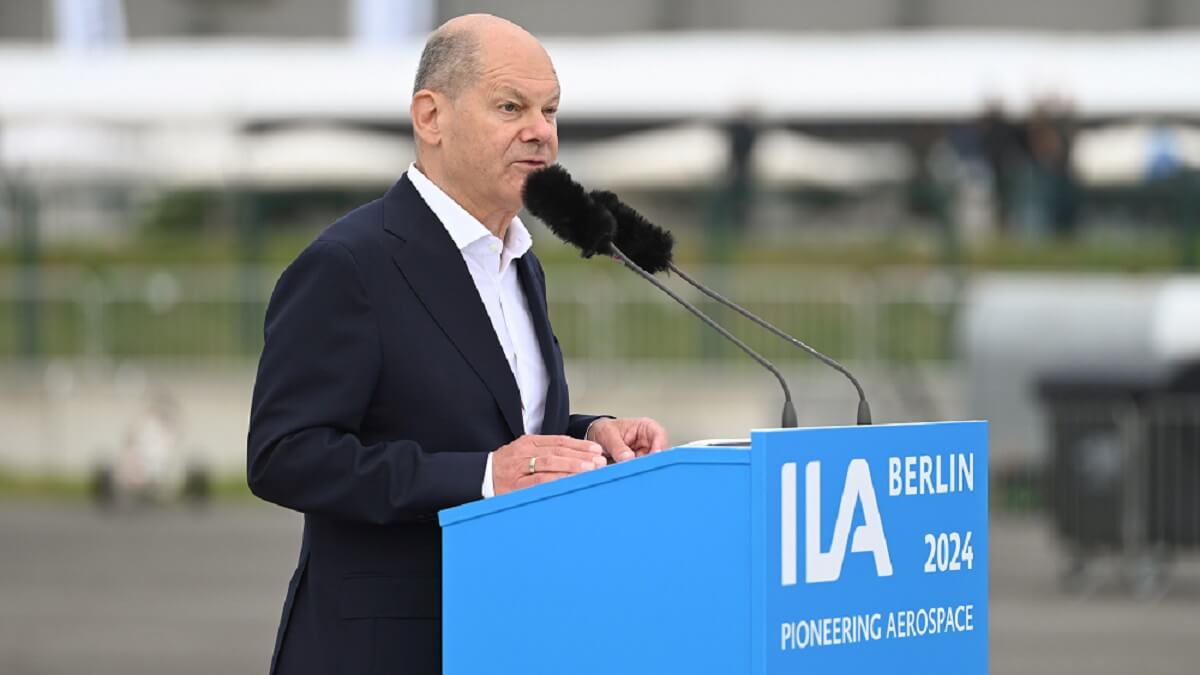
The Chancellor did not let slip that ‘we also need small, reliable and innovative systems’ and that he is ‘looking forward this year’ to the launch of the first micro launchers from the German companies Isar Aerospace and Rocket Factory Augsburg (RFA), competitors of the Spanish PLD Space and its Miura 5. He wished their managers ‘good luck’ and told them that ‘the Government and the Federal Chancellery are closely following their activities’.
ESA wanted to come to this year's ILA with its main projects underway, in an attempt to demonstrate its commitment to the sustainability of its outer space activities. As expected, more than 40 companies, research centres and international organisations have signed up to the Zero Debris Charter, an initiative that aims to mitigate the multiplication of debris in space by 2030. The only Spanish company to sign up in Berlin was the technology company GMV, whose CEO has been Jesús Serrano since January 2009.
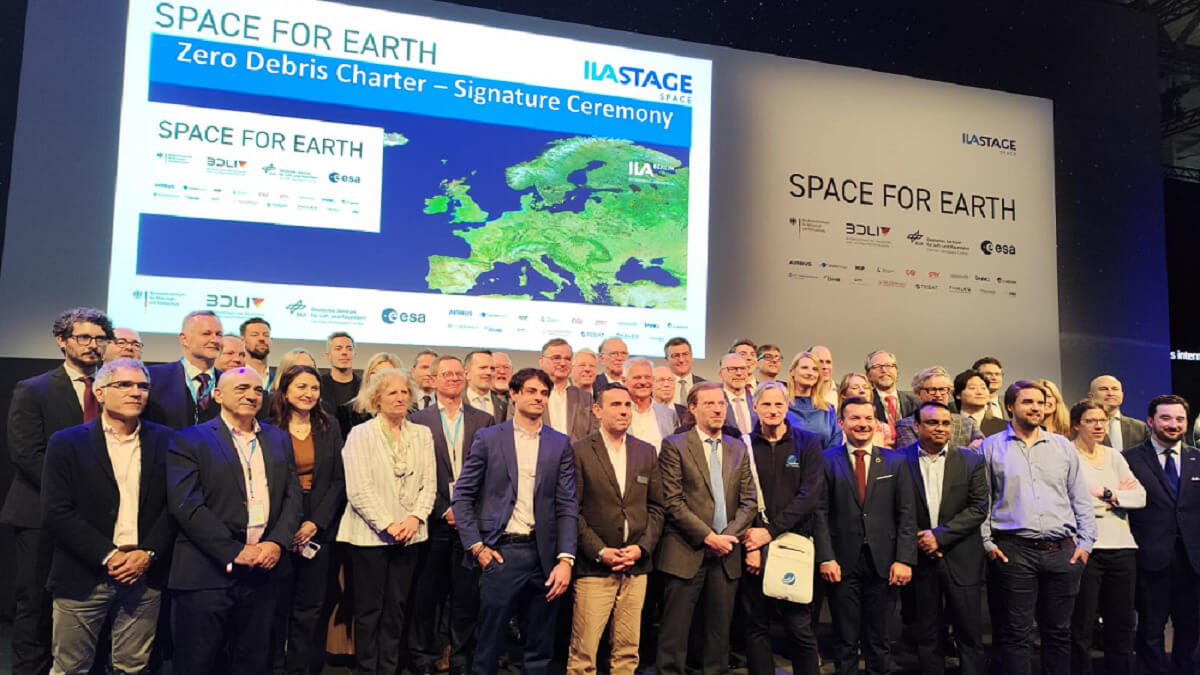
ESA prepares for commercial space stations
With a view to the expected disappearance of the International Space Station (ISS) also in 2030, ESA is carrying out studies on how to maintain the presence of its astronauts and scientific tests in the future commercial orbital complexes that are envisaged for the next decade. To this end, ILA has signed an agreement with the US company Vast - as it has already done with Axiom Space and the Starlab consortium - to be present on one or more commercially operated space stations.
The agreement ‘underlines Europe's ambition to be present in the era of the space economy that is about to dawn,’ says Aschbacher. Max Haot, the director of Vast, is aware of the importance of the space ecosystem that ESA is leading, and hopes that his space station to replace the ISS will meet the requirements for hosting astronauts and experiments from the Agency's 22 member countries.
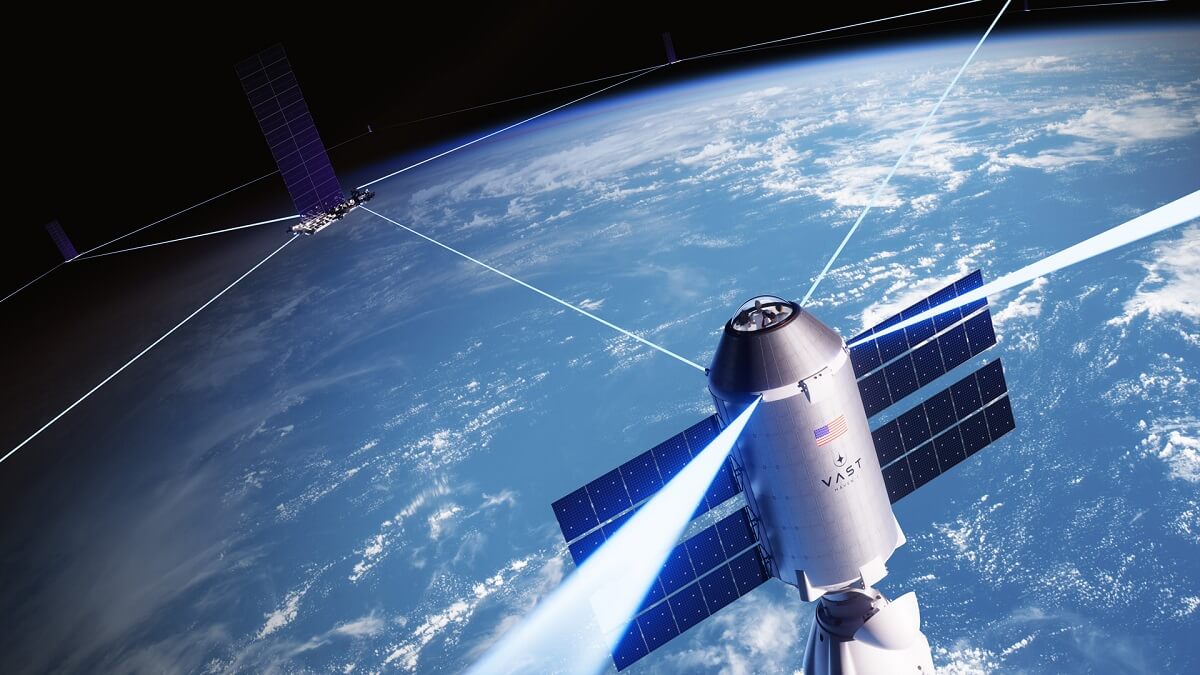
As is usual at aerospace and defence fairs that are intended to showcase their respective domestic industries, ‘German companies have flocked to ILA,’ confirms a veteran Spanish executive at the Berlin show. Of the nearly 600 exhibitors from 31 countries, German companies accounted for more than half (328), followed in number by American (31) and French (30) companies, as a result of cooperation on different programmes, for example Rheinmetall with Lockeed Martin on the F-35 fighter and Dassault with Airbus GmbH on the future FCAS combat system.
Russia was banned and the other nations were under-represented: Italy was present with eight companies, China with seven, Israel with five, Poland with four... Spain was represented with four companies - DHV, Indaero, Inmapa Aeronáutica and the German subsidiary of GMV - while the United Kingdom, Belgium and Korea had only three companies exhibiting.
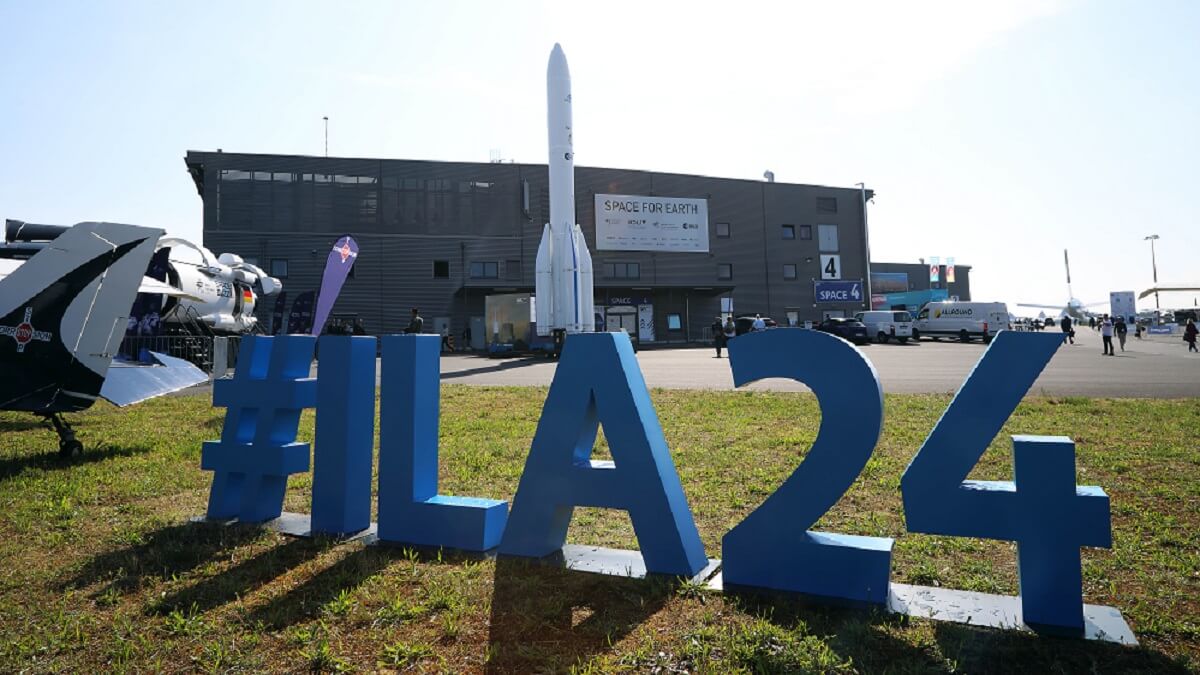
One final note. The high risks inherent in any initial qualification test of a heavy launcher mean that Ariane 6 will not carry any expensive and sophisticated satellites on its maiden flight from Guyana. Instead, it will launch several small experimental spacecraft from space agencies, research institutes, universities, companies and start-ups.
At ESA, the first flight of Ariane 5 on 4 June 1996 is still fresh in ESA's memory. It was carrying four Cluster satellites to study the magnetosphere, which were destroyed when the new rocket exploded due to a technical failure in the first seconds of its ascent flight. Fortunately, by the end of 2023, it had flown 117 times, the vast majority of them successfully.


